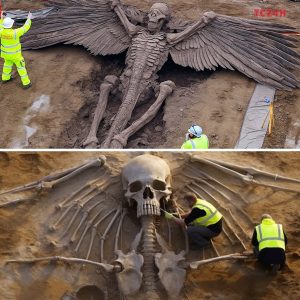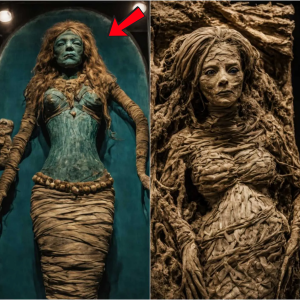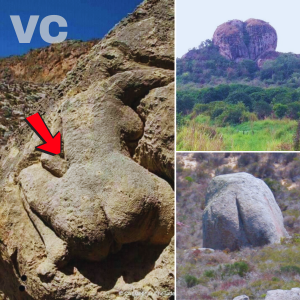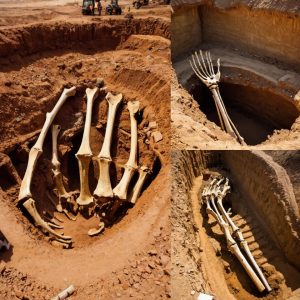
The sphinx is a creature from mythology that is composed of a human head and a lion’s body. The most famous story about the sphinx is arguably the Greek myth involving Oedipus, the king of Thebes, whilst the best-known representation of this fantastic creature is the Great Sphinx of Giza in Egypt. Nevertheless, sphinxes are also found outside the mythology of these two ancient civilizations. In Hindu mythology, there is a creature known as purushamriga, which has the features of a sphinx. Representations of this creature can be found across India, as well as in certain Southeast Asian countries where both Hinduism and Buddhism took root.
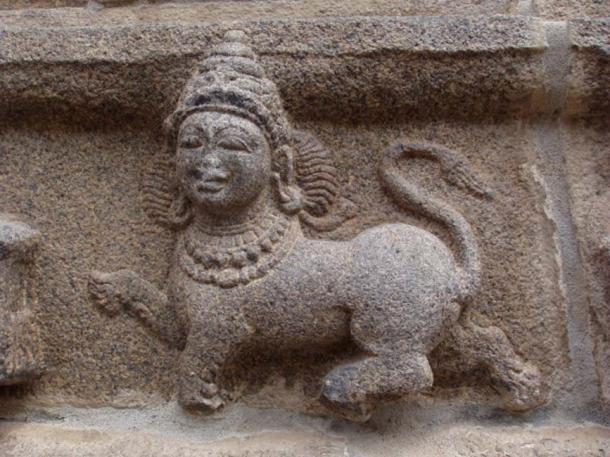
Purushamriga or Indian sphinx depicted on the Varadaraja Perumal temple in Tribhuvanai, India. ( CC BY-SA 3.0 )
Origins of the Sphinx Creature
The word ‘sphinx’ is said to be derived from ‘sphingein’, which is a Greek word that may be translated to mean ‘to squeeze’ or ‘to bind’. This etymology, however, may be dubious, and bears no relation to the Greek legend in which this creature appears in, i.e. that of Oedipus. The sphinx creature is also known by other names. As mentioned earlier, the sphinx is known as purushamriga in Hindu mythology. This name means ‘man-beast’ in Sanskrit. Although the original name of the Great Sphinx of Giza is now lost, we do now that the Arabs referred to it as Abu al-Hawl, which may be literally translated to mean ‘Father of Terror’.

Sphinx. Attic Greek red-figure pyxis, 2nd half of the 5th century BC. From Nola (Italy). ( CC BY 2.5 )
The Sphinx Riddle in Oedipus
The Greek myth of Oedipus is perhaps the most famous story in which the sphinx appears. In this legend, the sphinx has the head of a woman, the body of a lioness, and the wings of an eagle. The creature resides just outside the city of Thebes, in Boeotia, and would ask each passing traveler a riddle. If the riddle was not answered correctly, the sphinx would devour its victim. The riddle of the sphinx , which is one of the most famous in history, goes roughly as follows: “What has four legs in the morning, two in the afternoon, and three in the evening”. The answer, which was correctly given by Oedipus, was ‘man’, as he crawls on all fours as a baby, walks on two feet as a grown-up, and relies on a walking stick in his old age. Upon hearing the correct answer, the sphinx killed itself thus bringing its reign of terror to an end.
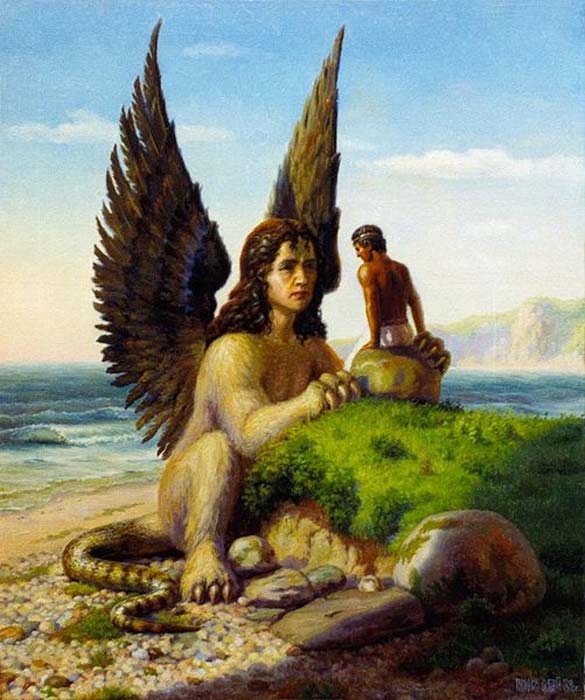
Sphinx and Oedipus. ( CC BY-SA 3.0 )
The Sphinx in Egypt
Unlike the Greek sphinx, and despite the name given to it by the Arabs, the Egyptian sphinx is thought to have been a benevolent figure. The ancient Egyptians, like many other cultures around the world, considered the lion to be a symbol of courage and strength. Moreover, the lion was regarded to be a guardian and protector of the people, and like various other animals, was considered by the ancient Egyptians as divine. Sometimes, tamed lions even accompanied the pharaoh on his military campaigns, which served to boost the morale of his troops.
The most renowned representation of the Egyptian sphinx is the Great Sphinx of Giza, whose face is commonly believed to be a portrait of the pharaoh Khafre , who lived around the middle of the 3 rd millennium BC. Therefore, it is thought that the Great Sphinx was built by this pharaoh. Others however, have suggested that the monument was built by another pharaoh, perhaps Khufu (the father of Khafre), Djedefre (a brother of Khafre), or even Amenemhat II (who ruled much later on during the early part of the 2 nd millennium BC).
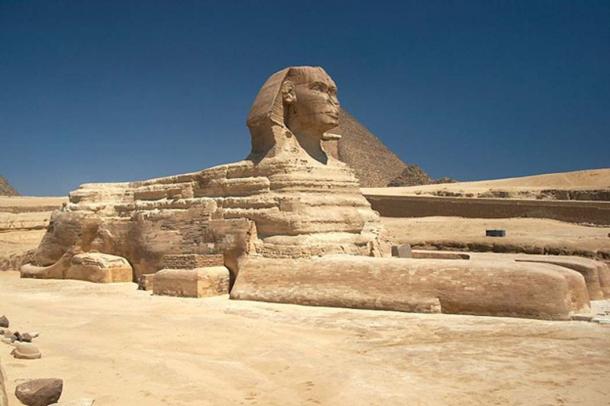
Great Sphinx of Giza, Egypt. ( CC BY-SA 3.0
The Protective Sphinx in Asia
Moving eastwards, the sphinx is also found in Hindu mythology, and is known as purushamriga. Like its Egyptian counterpart, the purushamriga is believed to be a protective creature. Thus, sculptures of the purushamriga are often found at the entrances of Hindu temples, where they serve as guardians. The purushamriga is also present in the daily rituals of Hinduism, as it is
